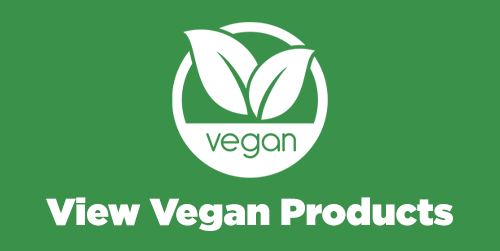If you have achy, tired legs or swollen ankles these could be an early warning sign of varicose veins, which affect around 1 in 2 adults in the UK. While they aren’t dangerous, they can be uncomfortable for those that suffer with them.
What are Varicose Veins & Why do we get them?
They are dilated veins under your skin in your legs and are caused by increased blood pressure in the veins. Our blood moves towards the heart by one-way valves in the veins and when the valves become weakened or damaged, blood can collect in the veins. Pregnancy and being overweight both increase the risk of varicose veins as pressure bears down on the veins in the groin area.
Are they Harmful?
While they aren’t deemed dangerous as such, they can cause discomfort and lead to other problems. The pressure in the veins, especially when standing, can lead to pain, swelling, eczema and even ulceration. In some cases, they can cause a clot (thrombosis) to develop causing the vein to become red, hard, and tender - known as “phlebitis”. If they get knocked or injured, they may cause bruising or occasionally bleed.
Are there any Treatments?
There are a variety of things you can do to help reduce the chances of getting varicose veins and help improve your condition if you already have them. These include:-
- Exercise is important as the natural working of the leg muscles massages veins keeping them working well. While walking, running, cycling and swimming are all beneficial, walking is the simplest to do and really helps improve circulation.
- Elevate your legs whenever possible. Putting up your feet for 10 minutes several times a day or adding a wedge or pillow under the bottom of the mattress at night can help. While elevation will be beneficial, if you can raise the feet above the level of the heart (chest) this will be particularly beneficial.
- Avoid crossing your legs or standing around all day. If you do need to stay standing, do discrete exercising rising on to your toes several times to exercise calf muscles and raise your leg when on breaks.
- If you are overweight, try and reduce your weight to get nearer to your ideal weight range.
- Support stockings can help to keep legs comfortable and reduce the progression of the problem.
- Good nutrition will help! Blood flow can be improved by eating oily fish (salmon, tuna, mackerel and sardines) two or three times per week. Garlic is another potent agent to help improve blood flow - and garlic, onions and ginger also help to break down scar tissue in varicose veins. Drinking enough water is also beneficial – aim for around 1.5 - 2 litres of water daily.
Can Supplements Help?
There are several supplements which help to support leg vein health. It is important to take the early warnings of varicose veins seriously and to ward off any future damage as prevention is always better than a cure.
- Vitamin E has potent blood thinning properties, reducing platelet ‘stickiness’ which helps to keep blood flowing.
- Co-enzyme Q10 (CoQ10) is involved in making cellular energy and has been shown to reduce spider veins.
- Ginkgo Biloba has been used in Chinese medicine for 3,000 years to improve blood flow to the extremities. Research has shown that Ginkgo reduces blood thickness, is an anti-inflammatory and has antioxidant effects important for blood vessel health.
- Bilberry contains powerful dark-purple-coloured anthocyanins, a group of flavonoids, which help to strengthen blood vessels and prevent collagen breakdown to improve capillary fragility.
- Vitamin C’s antioxidant properties help prevent cell damage, helps build collagen and strengthens blood vessels – helping to prevent varicose veins from worsening.







